Brand voice isn’t some vague, fuzzy, woo-woo thing. There’s actually a science to it. You can measure the different components – and then you can mimic them.
To create these voice swaps, I pull 25 random bits of content from each brand. These might be web pages, emails, ads, social media posts, or commercial scripts. In the real world, it’s hard to get a deep grasp of voice from 25 random lines. But for my purposes here, it works.
Take a look.👇
Here’s what happens when you swap the voices of two brands
This is an ongoing list. I post these breakdowns fairly regularly to LinkedIn, so if you want to see them when they’re fresh and new, follow me there.
Irish Spring and Old Spice Voice Swap (click the arrows to scroll through the gallery)
Evian and Liquid Death Voice Swap (click the arrows to scroll through the gallery)
Starbucks and Dunkin’ Voice Swap (click the arrows to scroll through the gallery)
Ford and Lexus Voice Swap (click the arrows to scroll through the gallery)
Yoda and Gandalf Voice Swap (click the arrows to scroll through the gallery)
Brand voice goes so much deeper than a brand archetype or persona. Once you dissect it and document it, any content creator worth their salt can mimic it.
This is why brand voice guides are so valuable. If you’re the only one creating your content, it can help you maintain consistency, which builds trust. But if you ever have any hope of scaling, you can’t create all your own content forever.
When something’s gotta give and that something is the time you spend making content, a brand voice guide lets you delegate and disentangle yourself from the weeds. Armed with a breakdown of exactly how to replicate your brand voice, your creators can build content that sounds like it came right from you.
It’s the closest thing to cloning yourself.
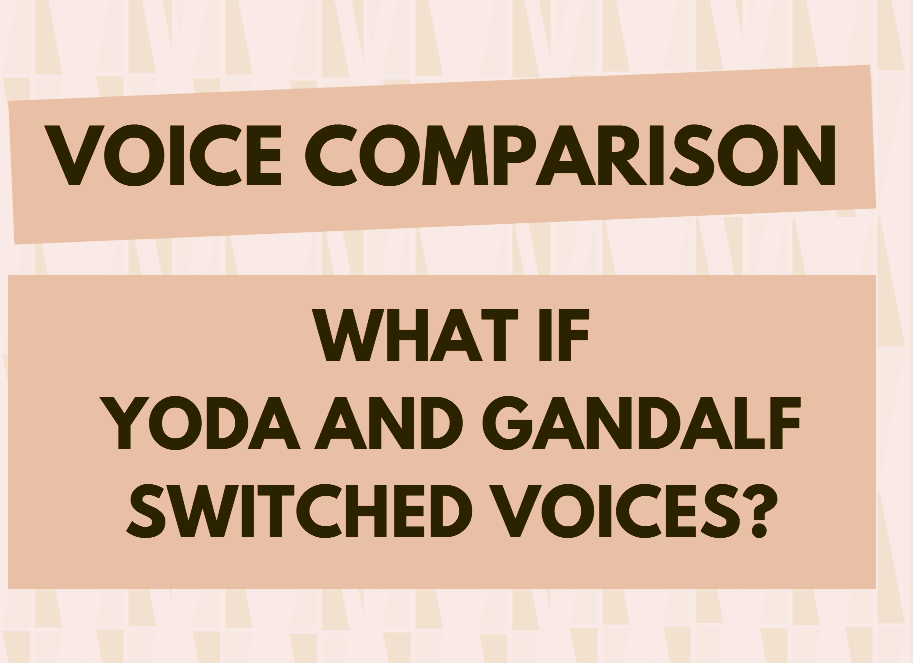


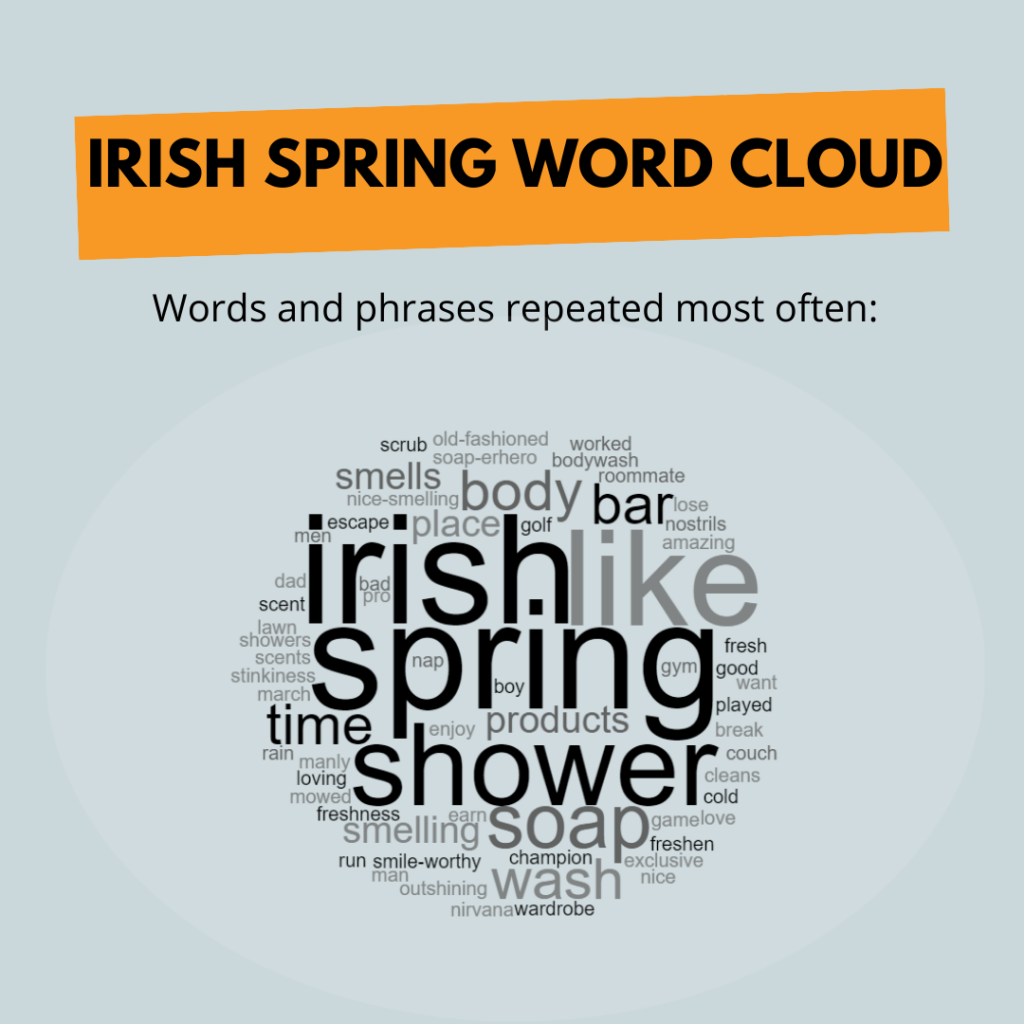
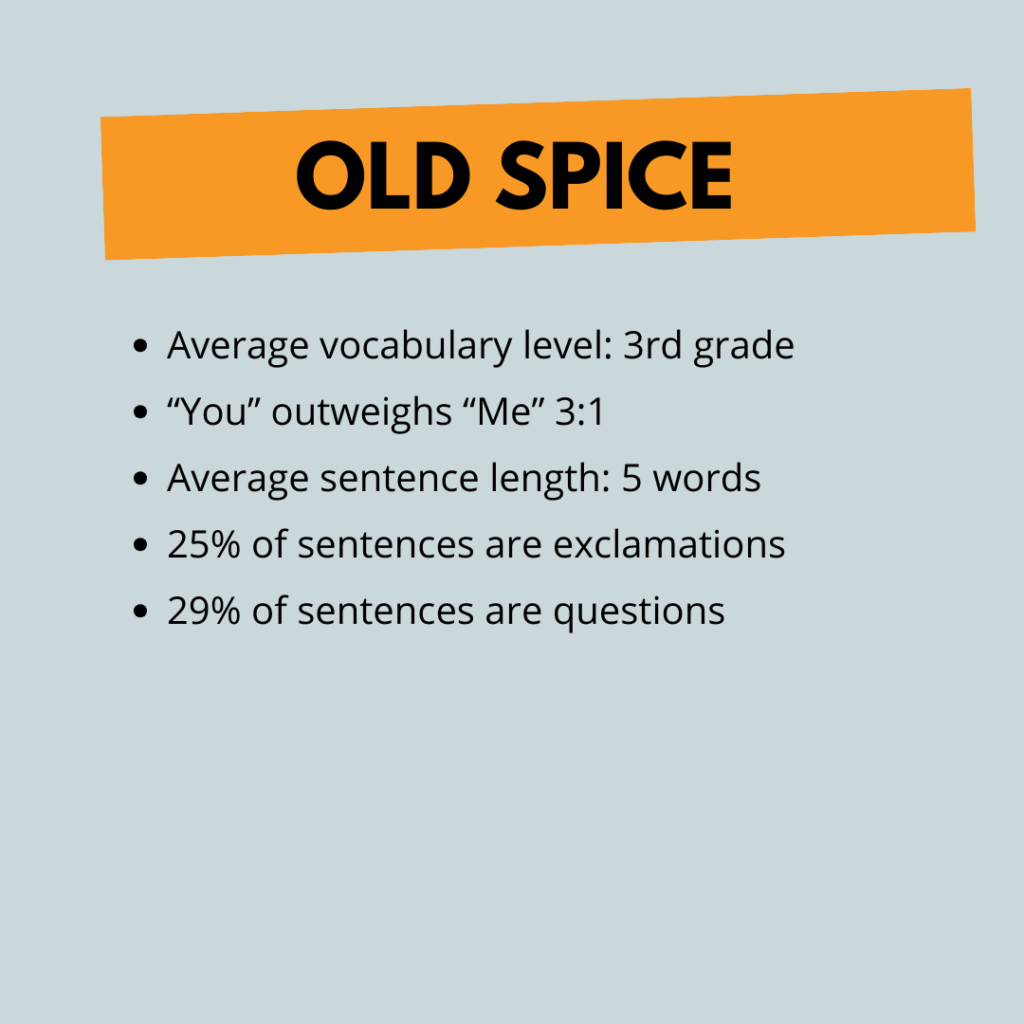
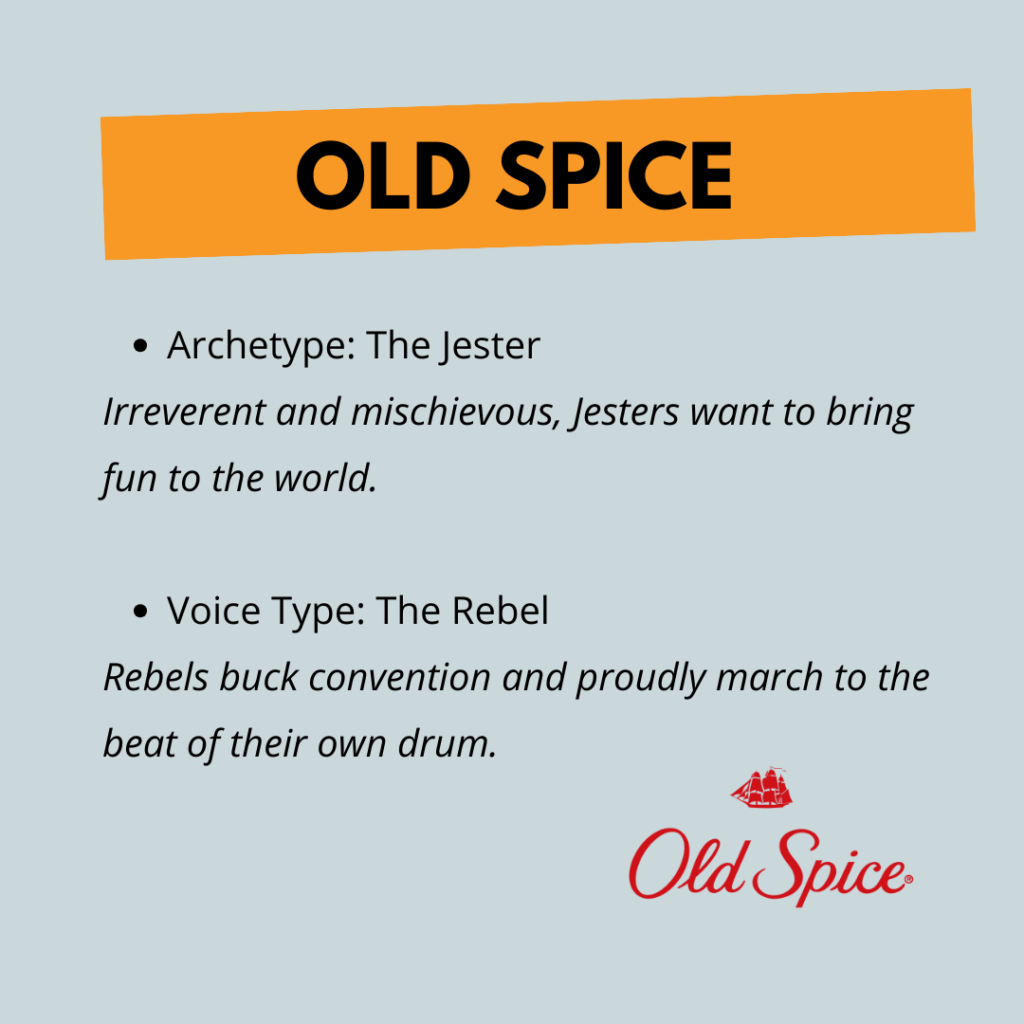
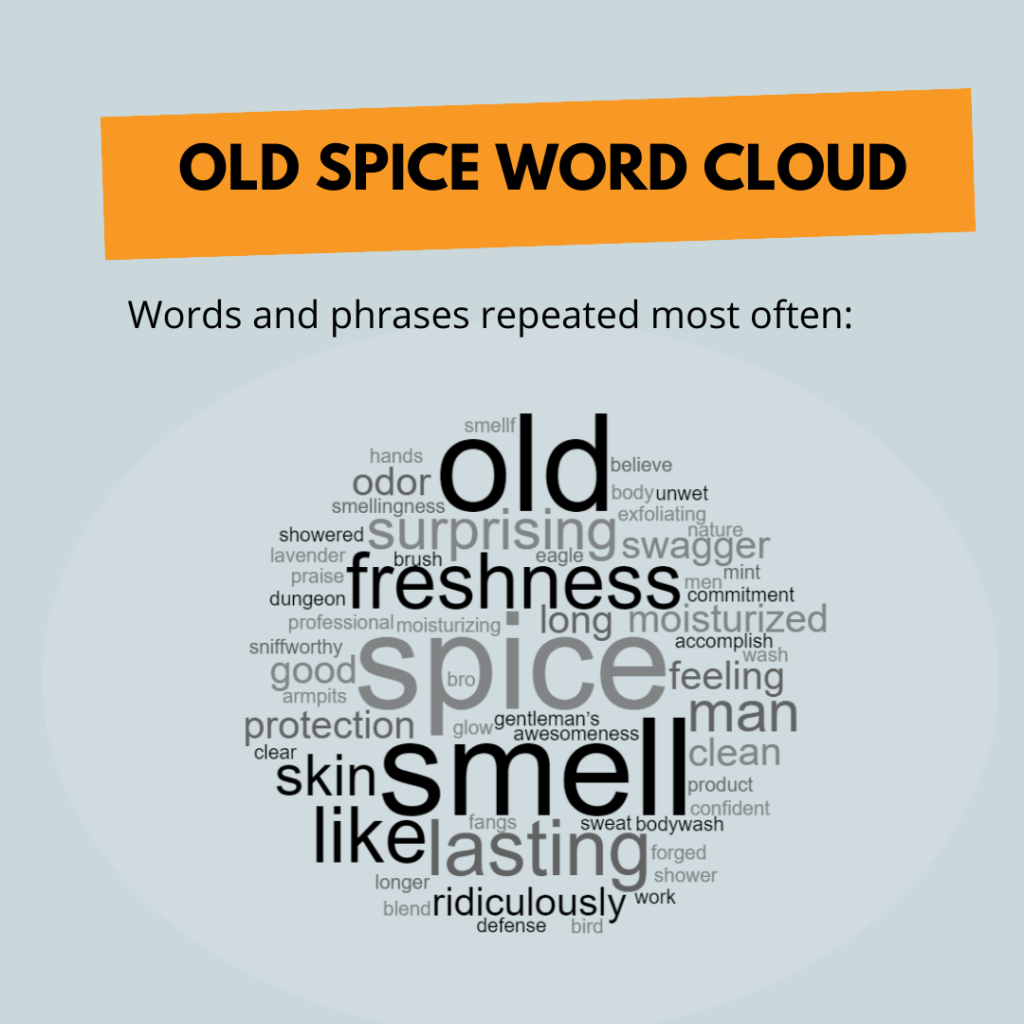

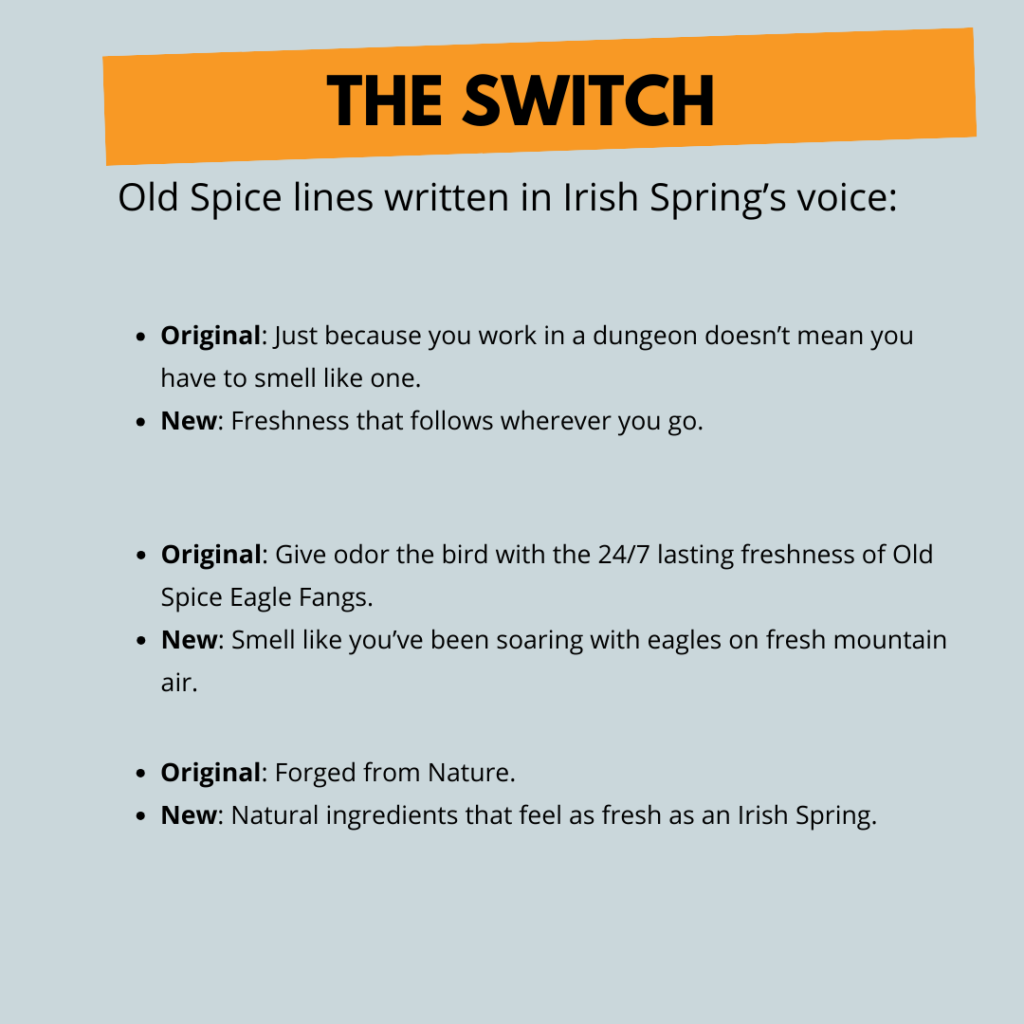






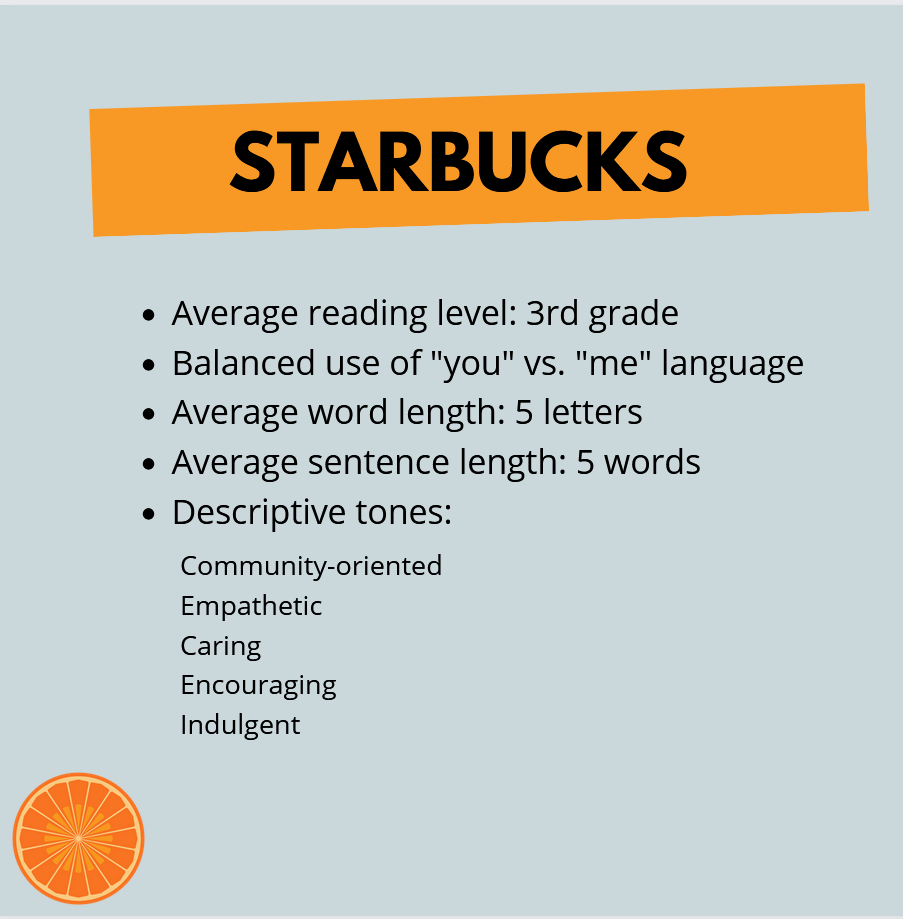
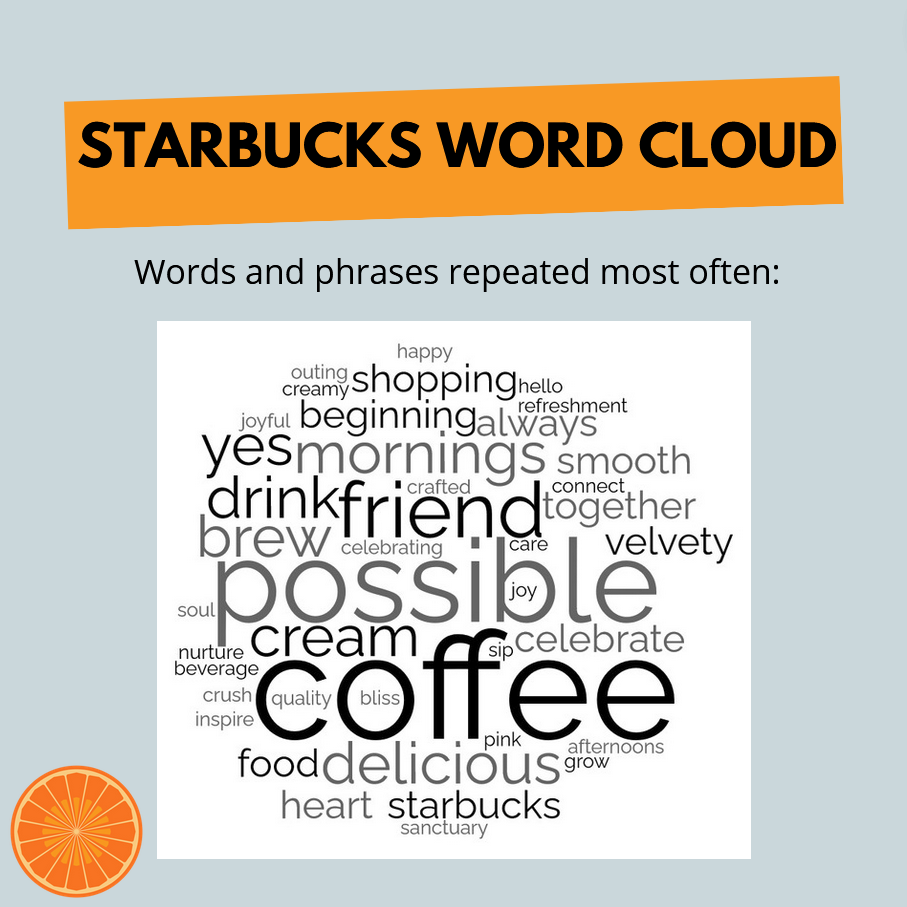
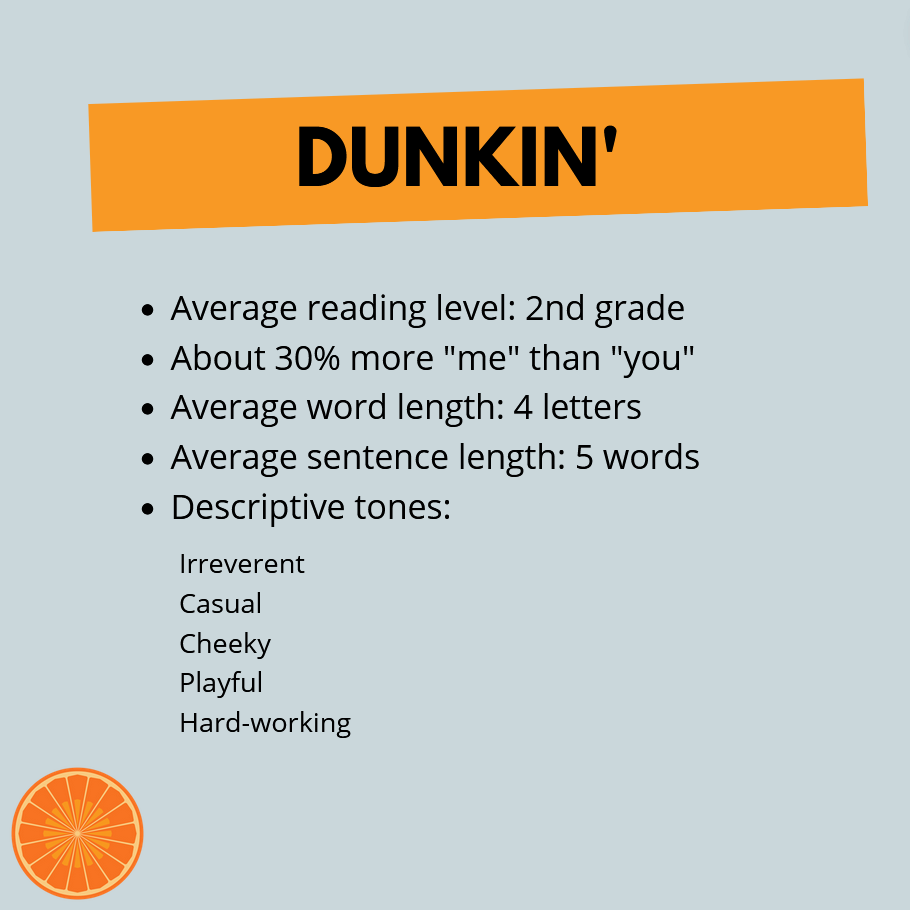
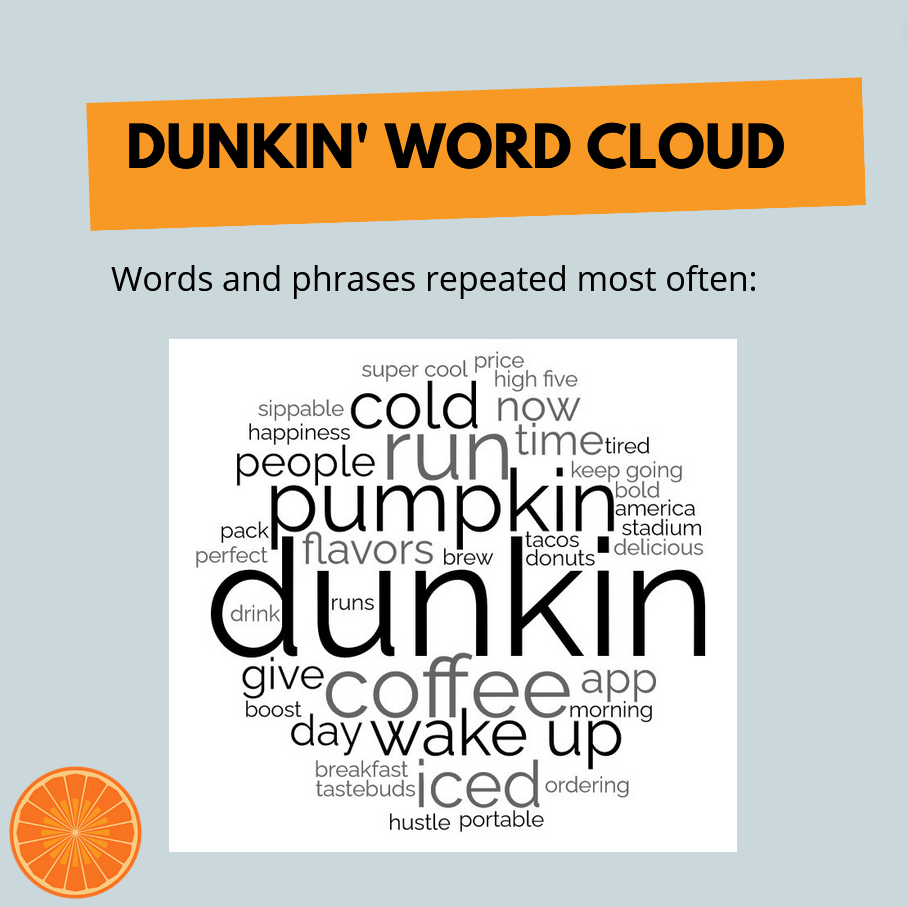
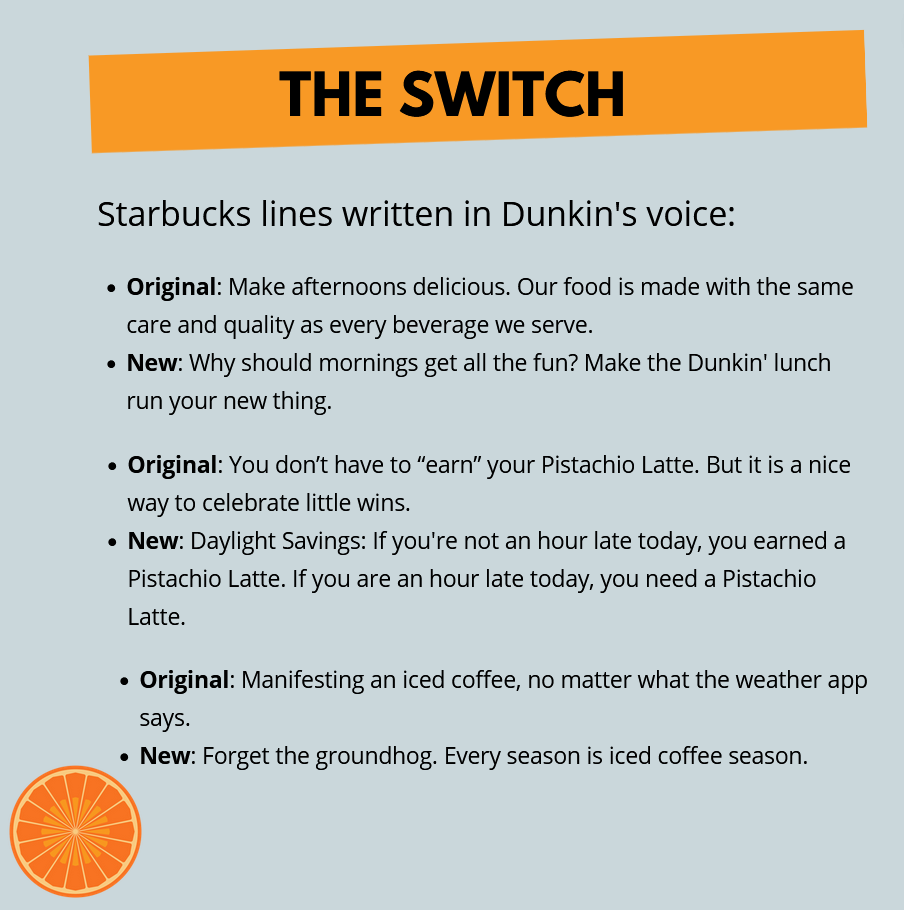
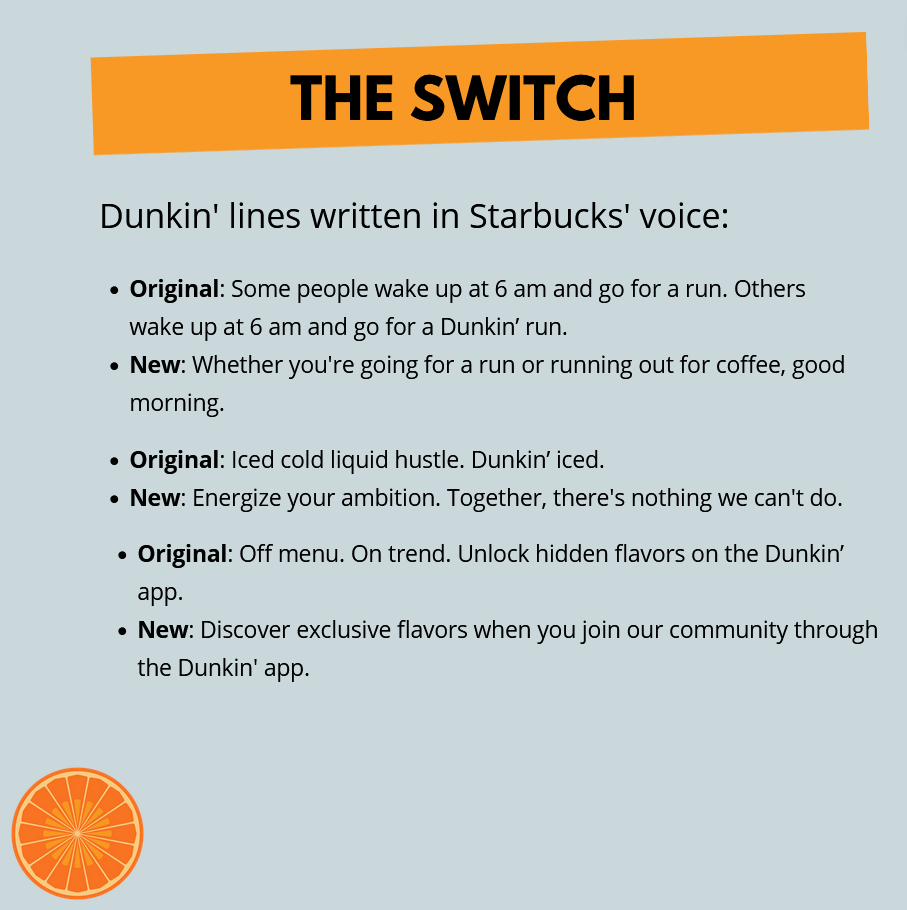
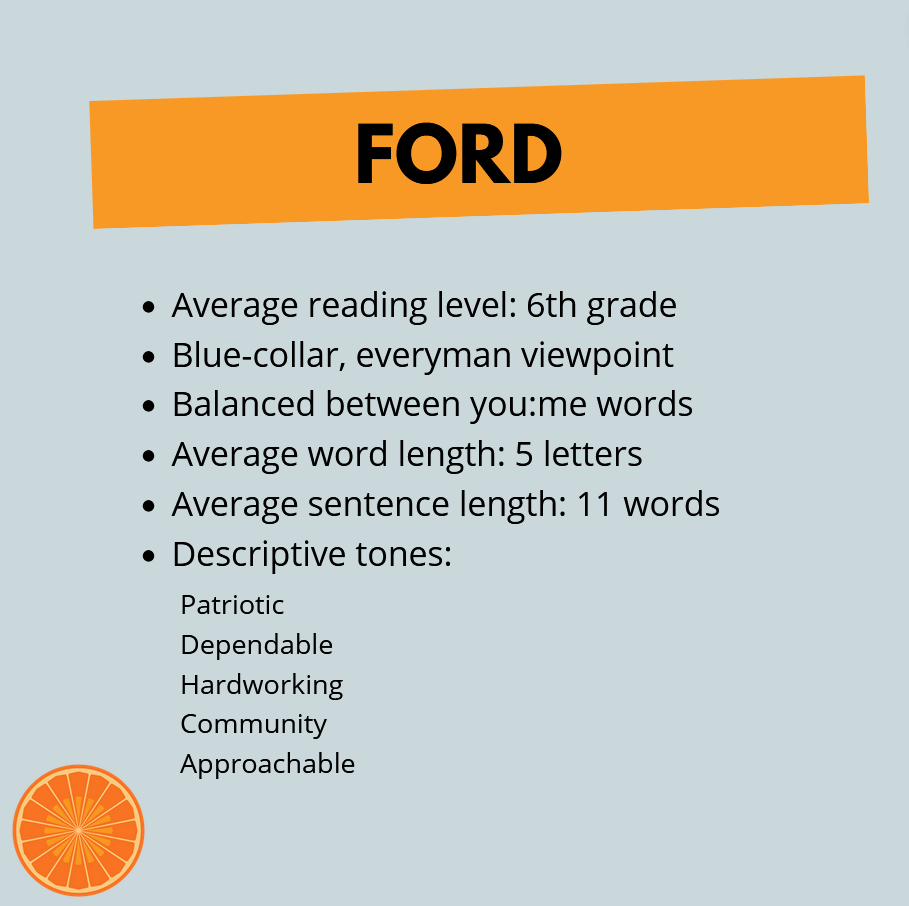

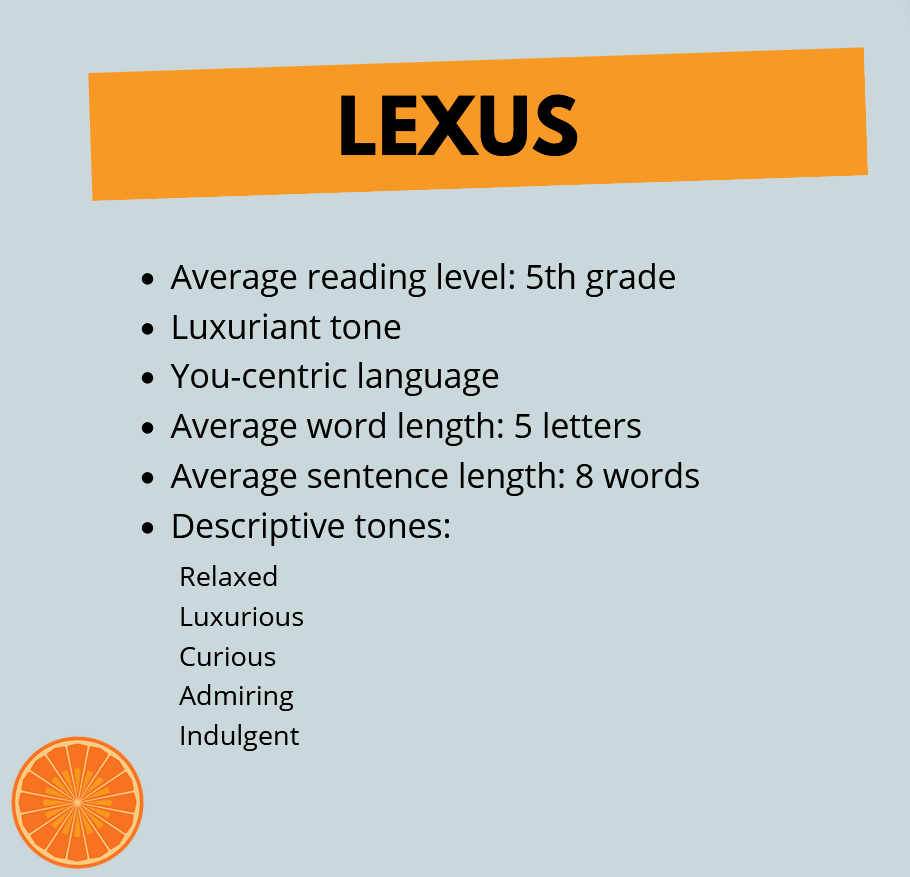

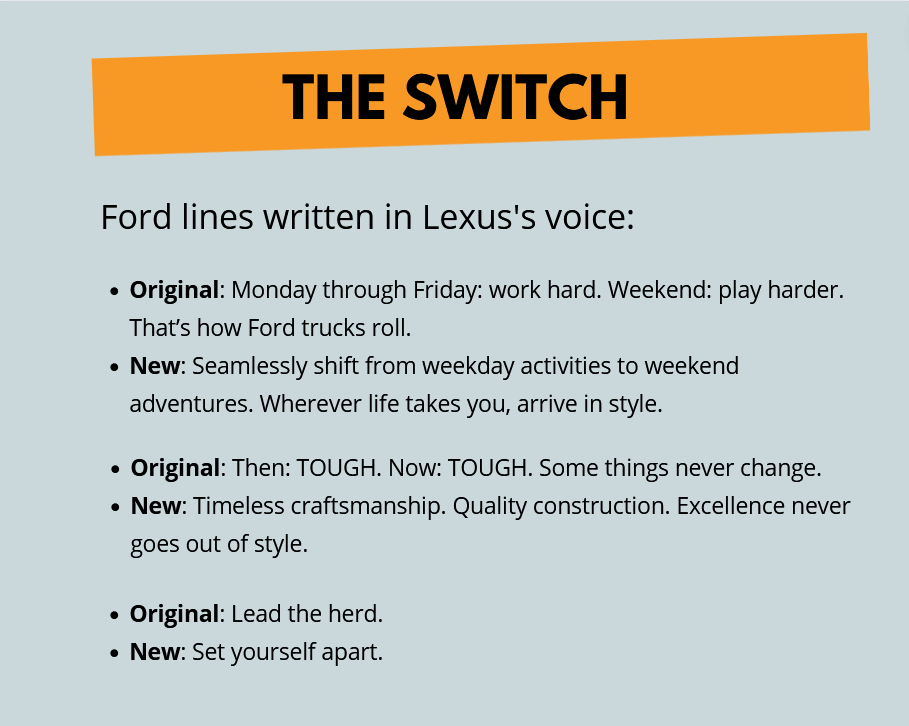
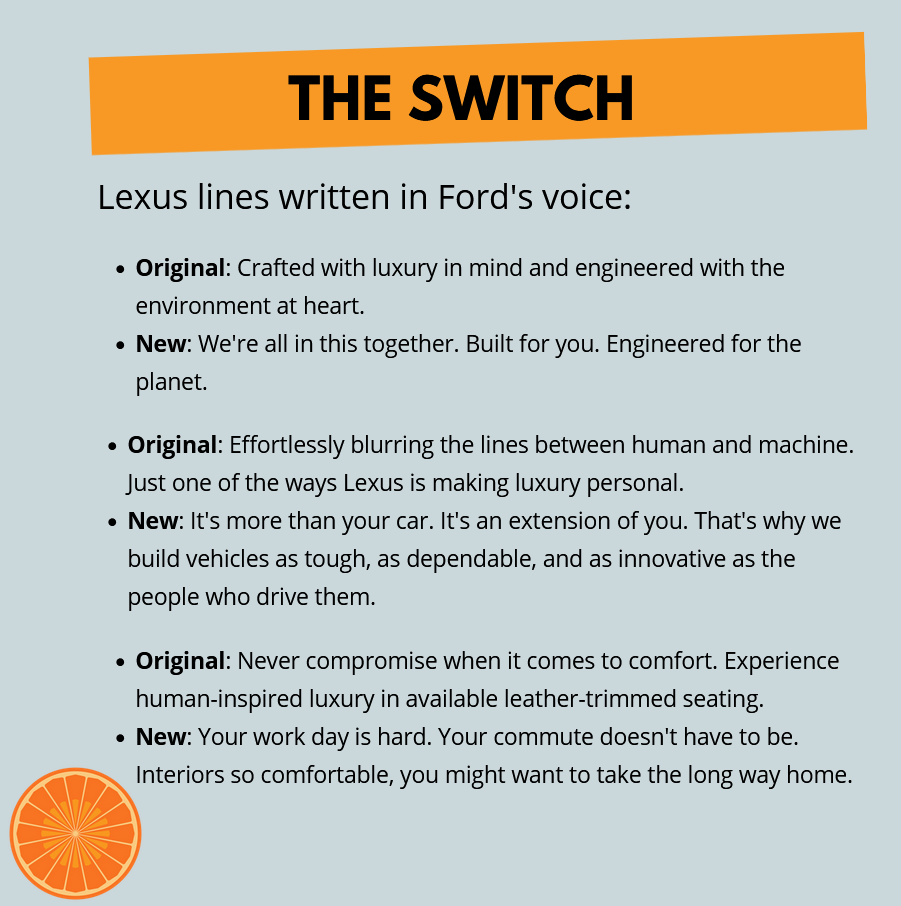
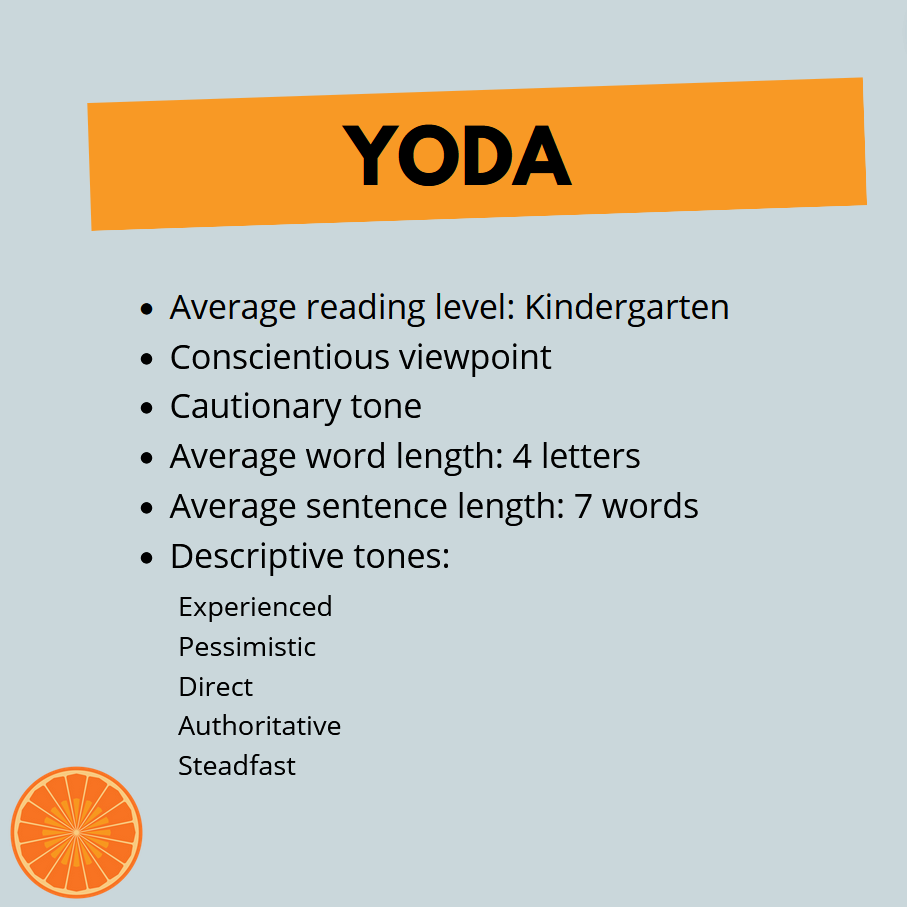
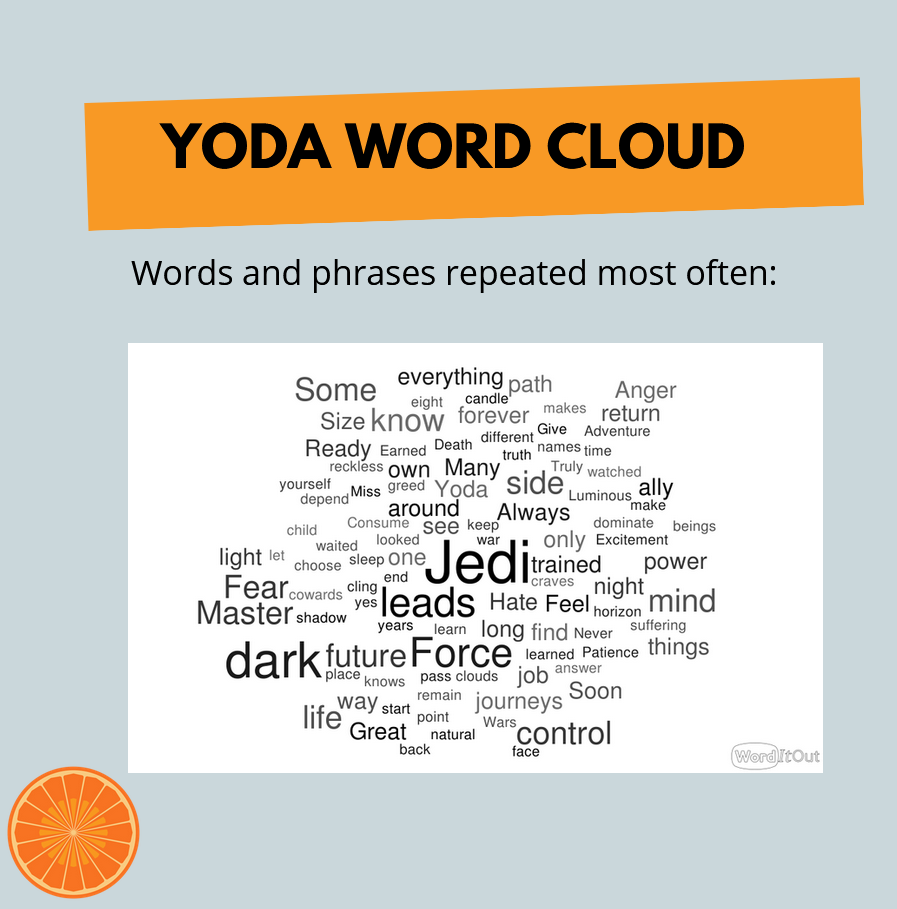
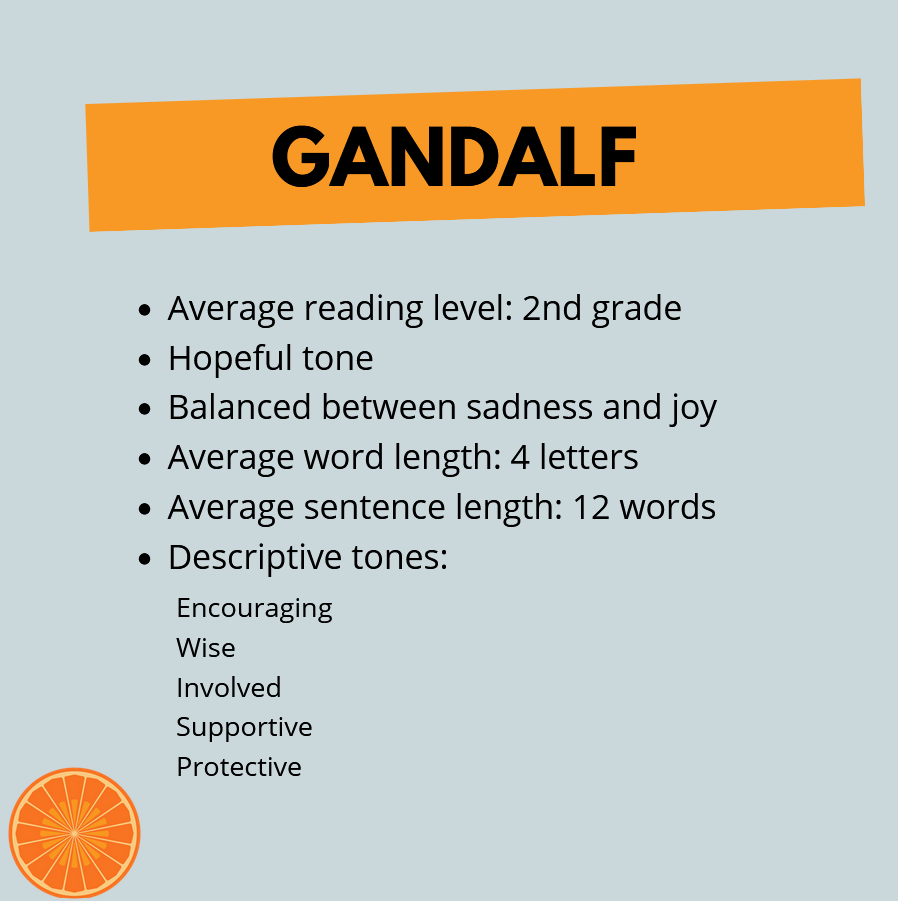
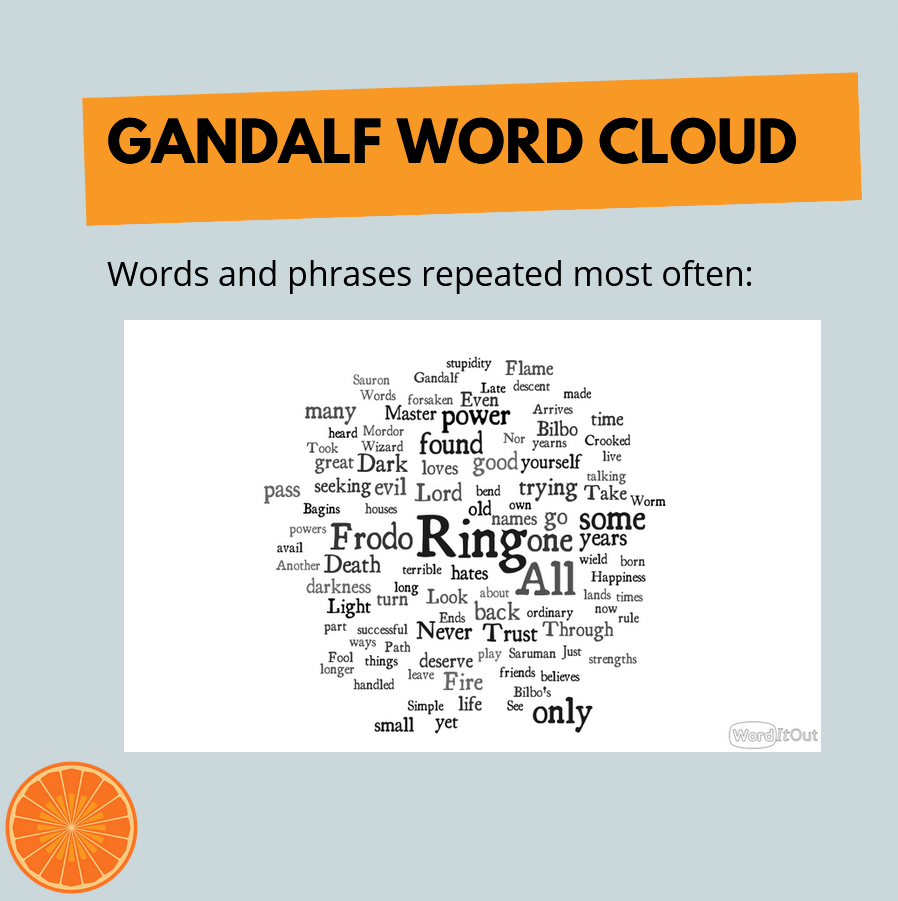
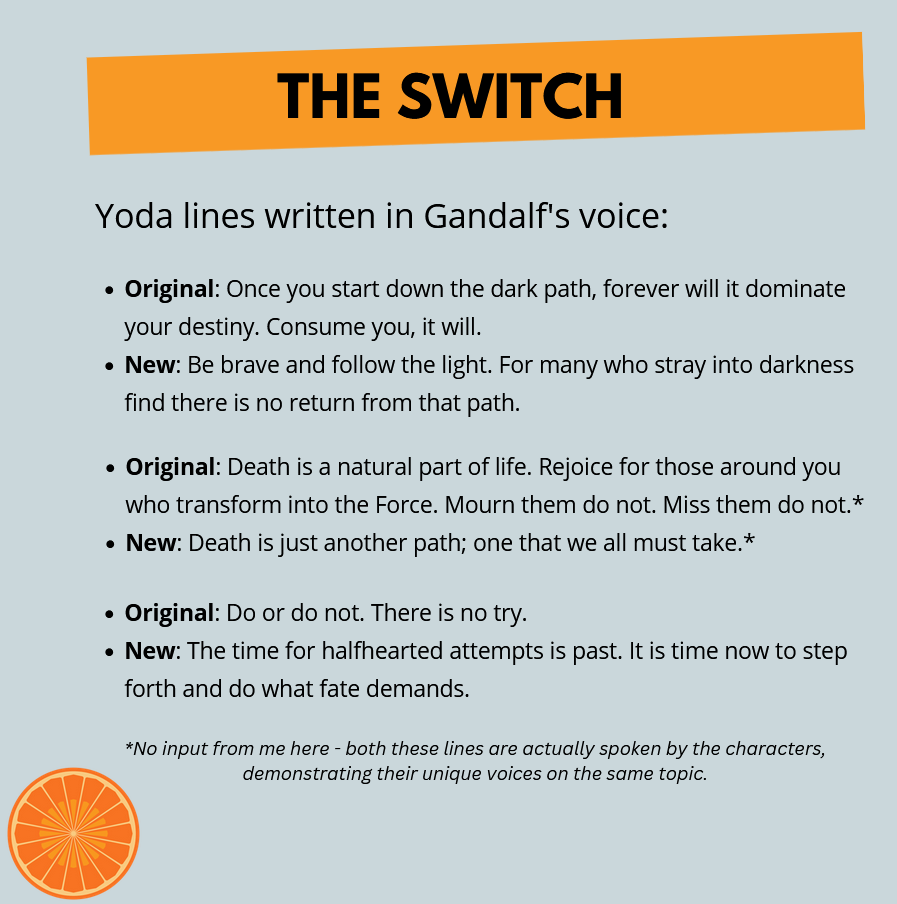
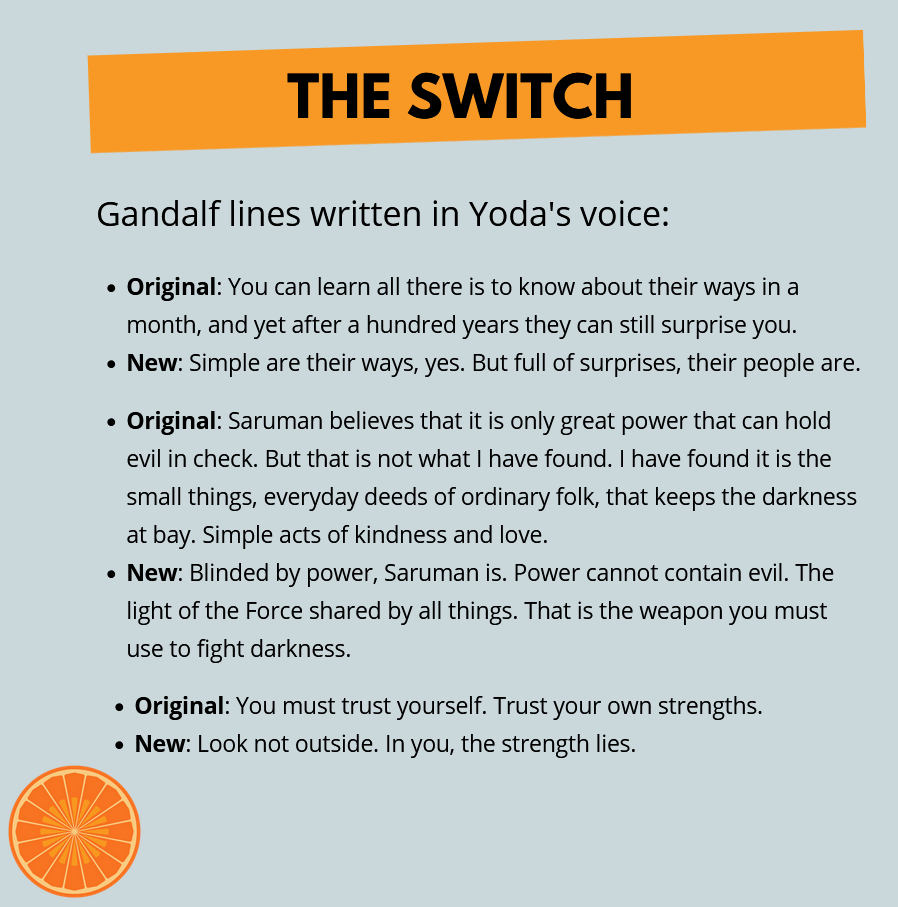
One thought on “Brand Voice Swap Archive”